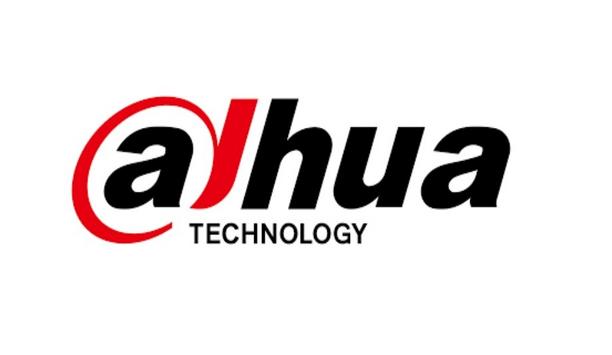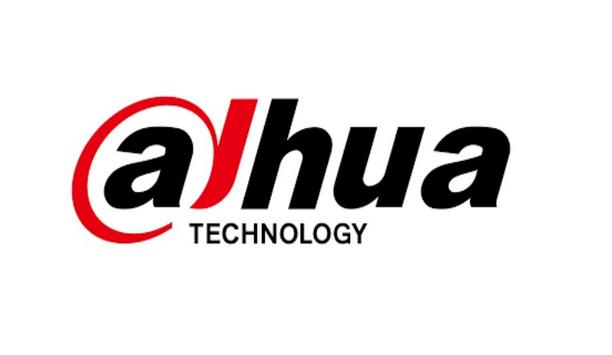Cloud computing has many benefits, including greater flexibility, infrastructure cost savings, and enhanced computing performance. However, the cloud presents new security challenges that organisations need to address. A failure to implement security controls and adhere to solid data governance practices could result in a breach.
Preventing worst case scenarios
Consider this scenario, a company begins their migration by getting excited about the possibilities the cloud can provide to their applications. They task a few of infrastructure engineers to work with the developers to start a proof of concept. The migration team modifies the settings and access controls to ensure the application is works.
The migration team, excited with the success of their proof of concept, adds in a few more application features and submits the change ticket for the applications to be moved into production. The migration then grids to a halt. An assessment comes back saying the cloud environment has security holes so large you could drive a truck through them. The migration team discusses how to adjust the cloud application to meet compliance requirements, only to find out they need to completely rebuild the entire cloud environment. The organisation executives pull the funding on the now failed project and any future discussions about the cloud are met with frustration.
One of the benefits of cloud computing is that you won’t have to log into every virtual machine to maintain it; you can use code |
Sadly, this scenario isn’t rare. However, there are things you can do to make sure this scenario doesn’t happen to you.
Four ways to improve your cloud security
1. Understand how the cloud changes your paradigms
While cloud security and in-house security have many similarities, in some ways, they are quite different, which requires a paradigm shift on the part of the organisation:
- Use automation to make your life easier. One of the benefits of cloud computing is that you won’t have to log into every virtual machine to maintain it; you can use code. For example, AWS has several features to automate some security functions, including security groups, which act as firewalls for EC2 instances; network access control lists (ACLs), which act as firewalls for associated subnets; and flow logs, which capture information about the IP traffic going to and from the network interfaces in your virtual private cloud.
- Be aware of where your cloud provider’s responsibilities begin and end. While there are some differences depending on your specific setup (private, public, or SaaS), in general, cloud providers are responsible for security of the cloud, and their customers are responsible for security in the cloud. This means that your cloud provider must secure the cloud infrastructure, but your organisation is responsible for the applications, data, and services you place within your cloud environment. Remember, if there is a breach, your organisation is the one who is ultimately responsible.
 |
| Written cloud security and data governance policies must be established before the migration commences |
2. Create your governance and project plans before you start
- Define limits on what data classification types you will allow in the cloud. Written cloud security and data governance policies must be established before the migration commences. These policies should clearly define which information and data classifications are to be stored in the cloud, where they belong in the cloud hierarchy, who should have access to each section, and what level of access they should have.
- Create and follow a project plan. Successful cloud migrations are never built on luck and you should develop a project plan for your migration, just as you would for any other large project. Additionally, be realistic about your scope as cloud migration projects often fail because organisations often try to build too much in their scope. Conversely, if you have not defined what will be in-scope for your cloud environment, then it’s likely you will have some poor architecture design elements that could be easily exploited by hackers.
- Stick with your plan, and don’t “chase the shiny.” There always seems to be a new “silver bullet” tool hitting the market that promises to solve all your tech problems, security and otherwise, overnight. Resist the urge to deviate from your cloud migration plan in favour of these tools. They almost never turn out to be as magical as they promise, and you’ll end up wasting money and time.
3. Use your past to change your organisation’s future
Cloud migration is a long, tedious process, but it’s also a great opportunity for your company to assess all the old issues you’ve been gritting your teeth and dealing with, and start over with a clean slate.
Many organisations are appointing “home-grown” administrators who have |
Start by picking a specific target, such as a single application or system. Then, review your asset and application inventory, along with your old architecture map. Identify all interdependencies and determine how they will work in the cloud environment – or if they even make sense anymore. Don’t repeat your in-house mistakes in the cloud.
Update your disaster recovery and security incident response plan. Since your data environment is fundamentally changing, your disaster recovery and security response plan needs to change, too.
Define who will support and maintain your cloud environment once it’s in production. You must also decide which team within your organisation will manage your cloud security during migration and going forward. This needs to be done by someone with adequate security experience; it should not simply be assigned to the help desk.
4. Don’t hesitate to obtain expert help
The biggest contributor to the outbreak of AWS breaches is a lack of expertise. AWS and other cloud environments are very powerful. They are also intricate and highly complex, yet many organisations are appointing “home-grown” administrators who – while they may be very well-versed in in-house data security – have little or no training in cloud computing or cloud security.
If you do not have sufficient cloud expertise in-house, it’s imperative that you partner with a managed security services provider (MSSP) with deep experience in your chosen cloud environment. In addition to ensuring that your environment is configured properly and securely, an MSSP can help you develop a realistic migration plan; address governance, risk, and compliance issues; identify in-house data governance issues and ensure that the same mistakes are not replicated in the cloud; and provide cyber security and incident response services going forward.
Learn why leading casinos are upgrading to smarter, faster, and more compliant systems



























